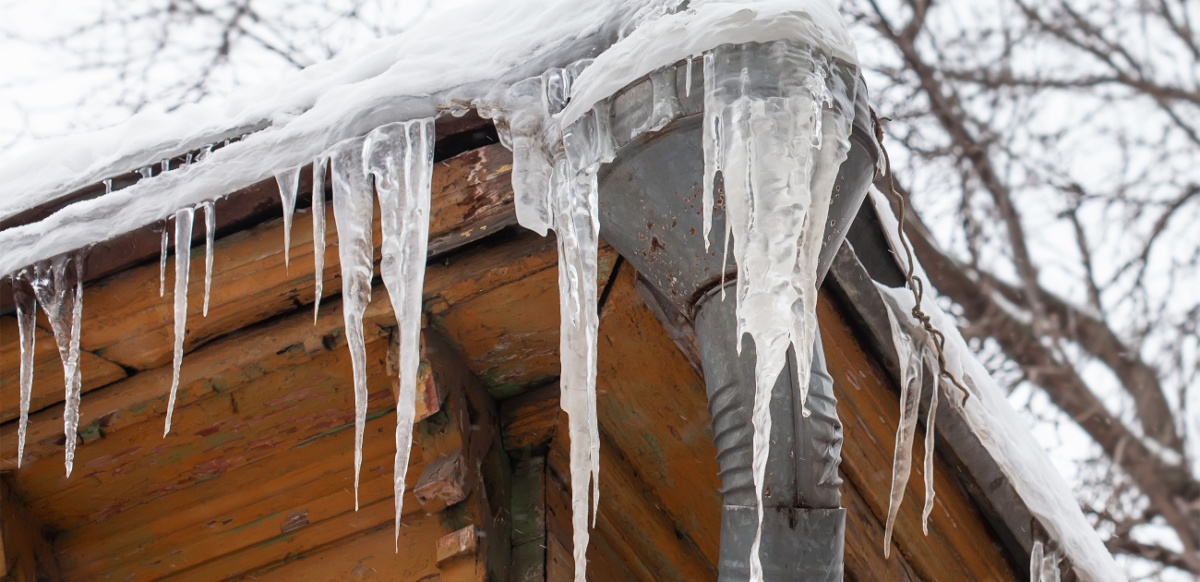Protecting Pipes from Freezing Issues: Key Tips
Protecting Pipes from Freezing Issues: Key Tips
Blog Article
Just how do you actually feel when it comes to Preventing and dealing with frozen pipes?

Cold weather can damage your pipes, especially by freezing pipelines. Here's exactly how to avoid it from occurring and what to do if it does.
Introduction
As temperatures decline, the threat of icy pipes increases, possibly bring about expensive repair work and water damage. Recognizing exactly how to prevent icy pipes is crucial for home owners in chilly climates.
Comprehending Frozen Pipelines
What causes pipes to ice up?
Pipes ice up when exposed to temperature levels listed below 32 ° F (0 ° C) for prolonged durations. As water inside the pipes freezes, it increases, putting pressure on the pipe wall surfaces and potentially triggering them to rupture.
Threats and problems
Frozen pipes can bring about water system interruptions, home damage, and pricey repair work. Ruptured pipes can flooding homes and trigger extensive architectural damage.
Signs of Frozen Piping
Determining frozen pipelines early can avoid them from breaking.
Exactly how to recognize frozen pipes
Try to find lowered water flow from faucets, unusual smells or sounds from pipes, and visible frost on subjected pipes.
Avoidance Tips
Shielding prone pipes
Wrap pipes in insulation sleeves or make use of warm tape to safeguard them from freezing temperatures. Concentrate on pipes in unheated or exterior locations of the home.
Heating strategies
Keep indoor areas effectively heated, specifically areas with pipes. Open up cabinet doors to allow warm air to flow around pipes under sinks.
Protecting Outdoor Pipes
Yard tubes and outside taps
Separate and drain garden tubes before winter. Mount frost-proof faucets or cover outside taps with shielded caps.
What to Do If Your Pipes Freeze
Immediate actions to take
If you believe icy pipelines, maintain taps open up to relieve pressure as the ice thaws. Make use of a hairdryer or towels taken in warm water to thaw pipes slowly.
Long-Term Solutions
Structural changes
Take into consideration rerouting pipelines away from exterior wall surfaces or unheated locations. Add extra insulation to attics, cellars, and crawl spaces.
Updating insulation
Buy high-quality insulation for pipes, attic rooms, and wall surfaces. Appropriate insulation assists maintain consistent temperature levels and lowers the threat of frozen pipes.
Verdict
Protecting against icy pipes requires aggressive procedures and quick feedbacks. By recognizing the causes, indicators, and safety nets, homeowners can safeguard their pipes during winter.
5 Ways to Prevent Frozen Pipes
Drain Outdoor Faucets and Disconnect Hoses
First, close the shut-off valve that controls the flow of water in the pipe to your outdoor faucet. Then, head outside to disconnect and drain your hose and open the outdoor faucet to allow the water to completely drain out of the line. Turn off the faucet when done. Finally, head back to the shut-off valve and drain the remaining water inside the pipe into a bucket or container. Additionally, if you have a home irrigation system, you should consider hiring an expert to clear the system of water each year.
Insulate Pipes
One of the best and most cost-effective methods for preventing frozen water pipes is to wrap your pipes with insulation. This is especially important for areas in your home that aren’t exposed to heat, such as an attic. We suggest using foam sleeves, which can typically be found at your local hardware store.
Keep Heat Running at 65
Your pipes are located inside your walls, and the temperature there is much colder than the rest of the house. To prevent your pipes from freezing, The Insurance Information Institute suggests that you keep your home heated to at least 65 degrees, even when traveling. You may want to invest in smart devices that can keep an eye on the temperature in your home while you’re away.
Leave Water Dripping
Moving water — even a small trickle — can prevent ice from forming inside your pipes. When freezing temps are imminent, start a drip of water from all faucets that serve exposed pipes. Leaving a few faucets running will also help relieve pressure inside the pipes and help prevent a rupture if the water inside freezes.
Open Cupboard Doors
Warm your kitchen and bathroom pipes by opening cupboards and vanities. You should also leave your interior doors ajar to help warm air circulate evenly throughout your home.

I was made aware of that report about How To Avoid Freezing Pipes through a friend on a different domain. Are you aware of anybody else who is involved in the topic? Why not promote it. We thank you for reading our article about How to Prevent Your Pipes From Freezing.
Click For More Information Report this page